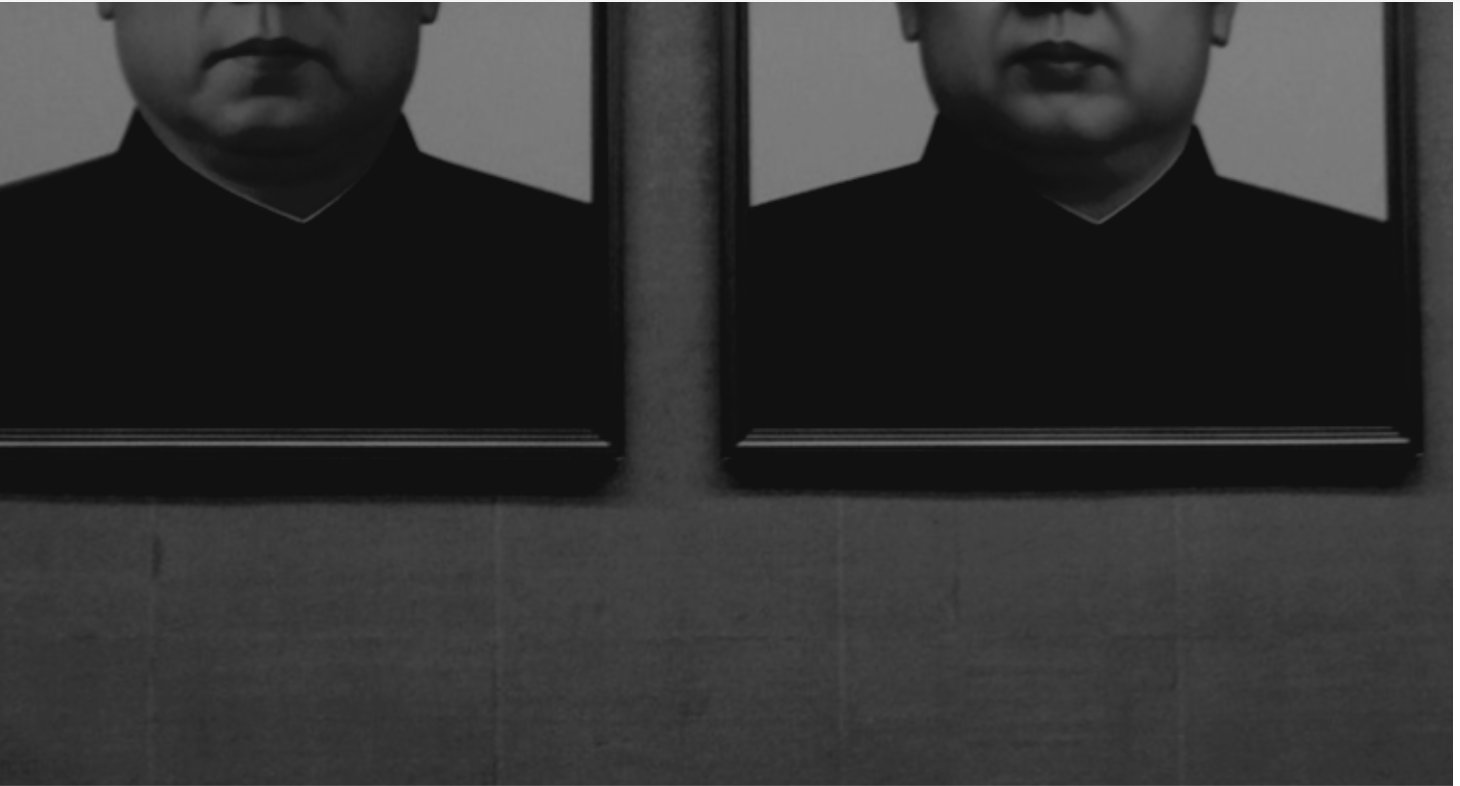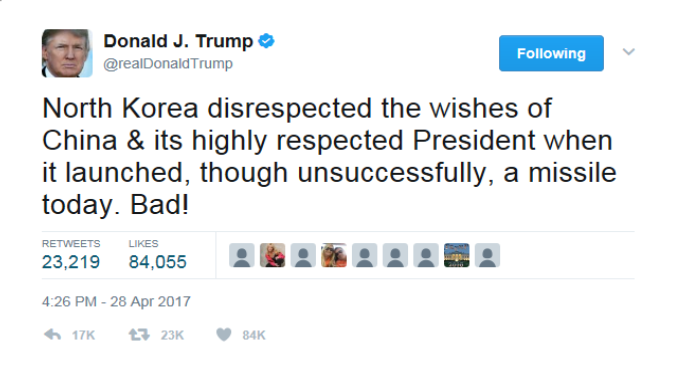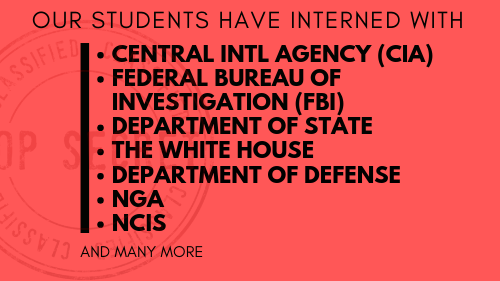
How the United States has rescinded to the threat of North Korean aggression
North Korea’s escalation of nuclear threats will results in either unilateral US action or multilateral intervention to preserve the safety of the East Asian region. The Trump Administration plans to put in the maximum effort to prevent North Korea from becoming a nuclear threat. Trump’s North Korea policy will require cooperation with China in order to preserve multilateral interests in the region. North Korea’s nuclear capacity pales in comparison to most other nuclear powers. However, the United States still has a vested interest in diplomatically eliminating the rogue nation’s nuclear stockpile.
The Trump Administration startled the DPRK with its “maximum pressure and engagement policy”. Small dogs, like Chihuahuas, startle easily. They scoot back to a safe distance and proceed to bark as much as they can to appear intimidating. North Korea – the Chihuahua of the East Asian region – is intimidated by the U.S. Yet instead of backing down, Kim Jong-un keeps barking loudly and obnoxiously. For the past two months, the Trump Administration has developed what it feels is the best strategy to convince North Korea to halt its nuclear program. The result, as announced on April 14, is a “maximum pressure and engagement policy.”1 The Administration feels that the only option is to denuclearize North Korea.2 Therefore, the U.S plans to put economic, military, and political pressure on the DPRK.2 For instance, the United States has already deployed a Terminal High Altitude Area Defense (THAAD) missile system in Seongju, South Korea.3 It has also proposed increased economic sanctions in the United Nations.4 Furthermore, President Trump tweeted on April 11 that “North Korea is looking for trouble. If China decides to help, that would be great. If not, we will solve the problem without them! U.S.A.”5
Trump’s “maximum pressure and engagement policy” depends on China leveraging its position as North Korea’s economic lifeline. As a rogue nation, North Korea does not have many trading channels. However, China has established a strong economic partnership with North Korea.6 This relationship will prove vital in cracking down on North Korea’s touting of potential nuclear power. President Trump said in a tweet on April 21 that “China is very much the economic lifeline to North Korea so, while nothing is easy, if they want to solve the North Korean problem, they will.”7 The U.S’s “maximum pressure and engagement policy’ against North Korea will force the United States to cultivate a healthier relationship with China. President Trump wants to involve China in on North Korean nuclear matter.6 Trump believes that he is making progress with China on this issue, per his April 12 tweet, “Had a very good call last night with the President of China concerning the menace of North Korea.”8 As of May 2, the Chinese and US delegations to the UN are negotiating stricter sanctions on North Korea in an attempt to discourage North Korea’s nuclear program.4
North Korea has a big bark with a proportionally smaller bite. The DPRK’s nuclear arsenal is small – a projected 30 quasi-functional nuclear warheads.2 North Korea has several functional medium-range ballistic missiles but is unable to build intercontinental ballistic missiles. Technically, North Korea could mount plutonium-based warheads onto the medium range missiles, but the United States would be far from danger.2 However, the United States does not have a clear picture of North Korea’s nuclear potential. Therefore, the nuclear hegemon wants to reduce the DPRK’s nuclear threat to surrounding nations.
North Korea believes that developing its maximum nuclear potential will effectively combat U.S nuclear hegemony. The DPRK has long viewed the United States as a bully in the Korean peninsula. North Korea’s official news outlet, the Korean Central News Agency (KCNA), released a statement on May 1 claiming “The U.S. aggression hysteria has never reached such a height and the situation on the Korean Peninsula has never inched close to the brink of nuclear war as in the period of the recent drills.”9 These drills refer to U.S bombers flying with South Korean and Japanese air forces within the past week. In the DPRK’s eyes, U.S display of force on or near North Korea’s borders constitutes aggression. On May 2, the KCNA released a statement labelling U.S training drills with South Korea as “reckless military provocation [that] is pushing the situation on the Korean Peninsula closer to the brink of nuclear war.”9
The United States should pursue maximum pressure before engagement with North Korea. Considering the complexity of the situation, the Trump Administration is walking a tight rope with China and North Korea. China has continually urged the United States to pursue diplomatic means of achieving its goal. However, the probability of North Korea voluntarily eliminating its nuclear arsenal is very small. President Trump tweeted on April 13, “I have great confidence that China will properly deal with North Korea. If they are unable to do so, the U.S., with its allies, will! U.S.A.”10 Trump’s willingness to go over China’s head if diplomacy fails should concern U.S national security. China’s position as North Korea’s ally in this situation could prove volatile if President Trump pursues unilateral or exclusive action against North Korea. ■
-
- Donald J. Trump, Twitter, April 14, 2017
- Matthew Pennington, “‘Maximum pressure and engagement’: Trump administration settles on a North Korean strategy.” The Associated Press. April 14, 2017. http://news.nationalpost.com/news/world/maximum-pressure-and-engagement-trump-administration-settles-on-a-north-korean-strategy
- Ju-min Park and Ben Blanchard. “Korean peninsula on brink of war after U.S. bombers conduct drills: North Korea.” Global News. May 2, 2017. http://globalnews.ca/news/3419832/north-korea-brink-nuclear-war-us-bombers/
- Michelle Nichols, “U.S., China talk firmer U.N. response to North Korea’s missiles: diplomats” Reuters News. May 2, 2017. http://www.reuters.com/article/us-northkorea-nuclear-un-idUSKBN17Y2AG
- Donald J. Trump, Twitter, April 11, 2017
- Evelyn Cheng. “Reading between the lines of the US North Korea statement: China holds the key.” CNBC. April 27, 2017. http://www.cnbc.com/2017/04/27/reading-between-the-lines-of-the-us-north-korea-statement-china-holds-the-key.html
- Donald J. Trump, Twitter, April 21, 2017
- Donald J. Trump, Twitter, April 12, 2017
- “N. Korea vows to develop nuclear program at full speed in reaction to Trump policy”. Yonhap News Agency. May 1, 2017. http://english.yonhapnews.co.kr/national/2017/05/01/0301000000AEN20170501006800315.html?utm_source=Sailthru&utm_medium=email&utm_campaign=EBB%204.02.2017&utm_term=Editorial%20-%20Early%20Bird%20Brief
- Donald J. Trump, Twitter, April 13, 2017
Photo Credit:
North Korean Government Building | https://upload.wikimedia.org/wikipedia/commons/thumb/4/46/Grand_People%27s_Study_House_08.JPG/1280px-Grand_People%27s_Study_House_08.JPG
Pyongyang | https://upload.wikimedia.org/wikipedia/commons/7/7c/Pyongyang_park.jpg
Spring 2017
Volume 20, Issue 5
17 May






